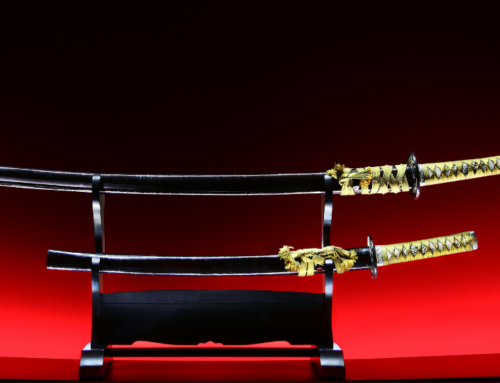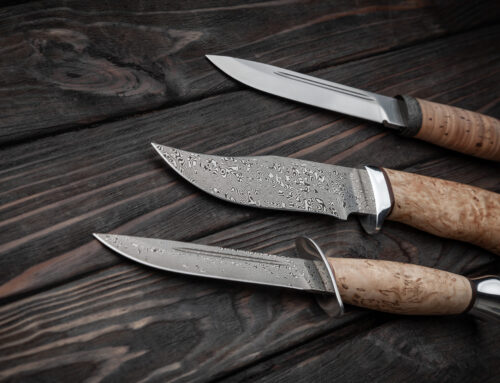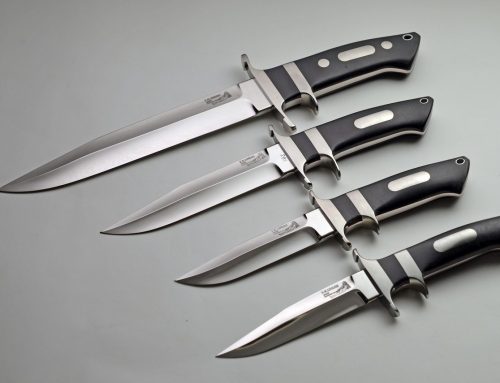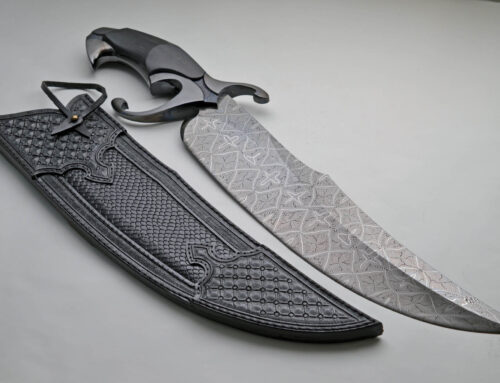For those who have never seen or used Damascus Steel before you might wonder what all the fuss is about. Simply put, Damascus Steel holds an edge better than anything short of monosteel blades coated with diamond powder. Damascus Steel has proven itself time and again throughout history as not only a durable blade material but also one that can hold an incredibly sharp edge. Our shop at Exquisite Knives is proud to offer a variety of choices for lovers of Damascus steel within the California knife collector community. In order to truly appreciate the craftsmanship of these pieces, it could serve you well to know a little more about the history of Damascus and the impact it continues to have. Read on to learn more about its influence over time!
The History Of Damascus Steel Knives
Damascus steel is coveted for a variety of reasons. It has an interesting backstory, and it’s an elegant-looking piece. Apart from its beauty, it’s high-performance is equally enticing for the knife community in California. Each knife that features Damascus is in a league of its own! They have been used in many scenarios over the years. From chef knives to military use, or for art, this is appealing for many dedicated knife collectors.
Damascus Steel was named after the capital of Syria. It’s not entirely known if it refers to the swords that are made there, or if it’s a nod to the pattern known as Damask that is used for fabrics. The steel was forged from ingots of wootz for creating distinct patterns like teardrops or ladders. The blades maintained a high reputation for its toughness, shatter-resistance, and its ability to hold a sharp edge.
Production of these blades began in the 3rd century and declined around 1750. The technique was also utilized by a few gunsmiths during the 18th-19th centuries, but it began to dissipate in the 1900s due to a limited supply of metals and/or the lack of knowledge for forging, but this didn’t last long as Damascus reemerged in 1973. Bladesmith William F. Moran showcased his version of Damascus knives at the Knifemakers Guild Show. He welded several types of steel and iron in order to form a billet. Once this was done, the billet was drawn out and folded into the desired number of layers. The name Damascus may refer to the modern-day steel, but this depiction is incorrect. It’s actually used to describe the pattern of welded steel blades that are well known within the knife community.
Rare Damascus Steel Knives
If you’re interested in adding Damascus Steel Knives to your collection, Exquisite Knives has you covered. Visit our shop to browse our selection. Items are always rotating and many don’t stay long! At this moment, we have this John Horrigan Turkish Twist Art Integral Dagger featuring a beautiful Damascus pattern and accompanying features.
January 18, 2022





